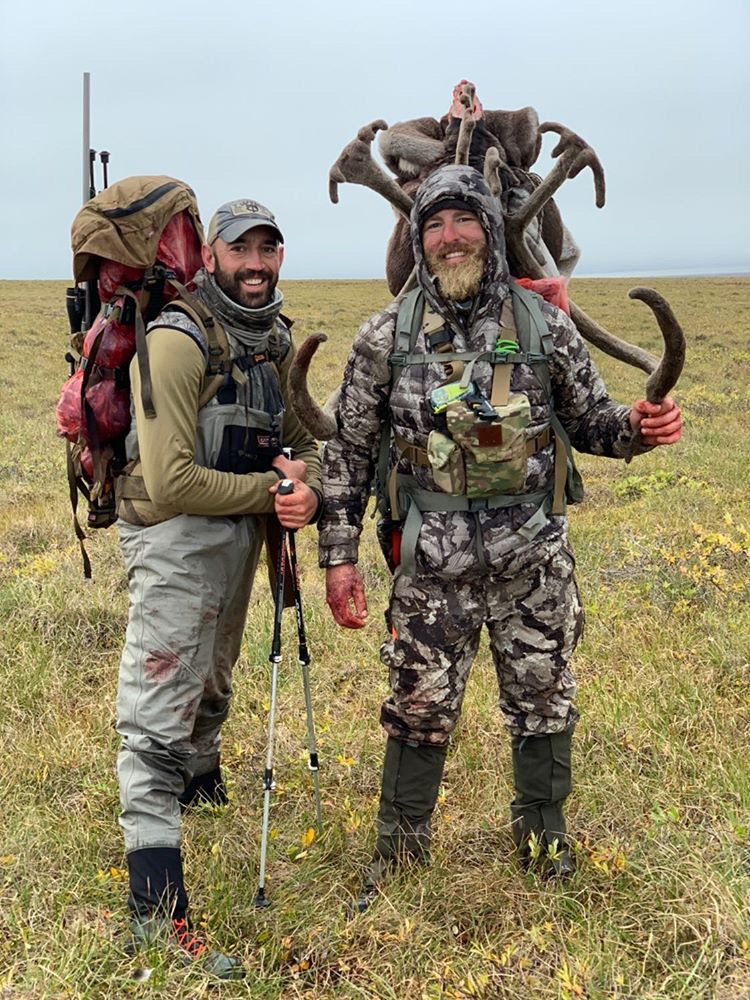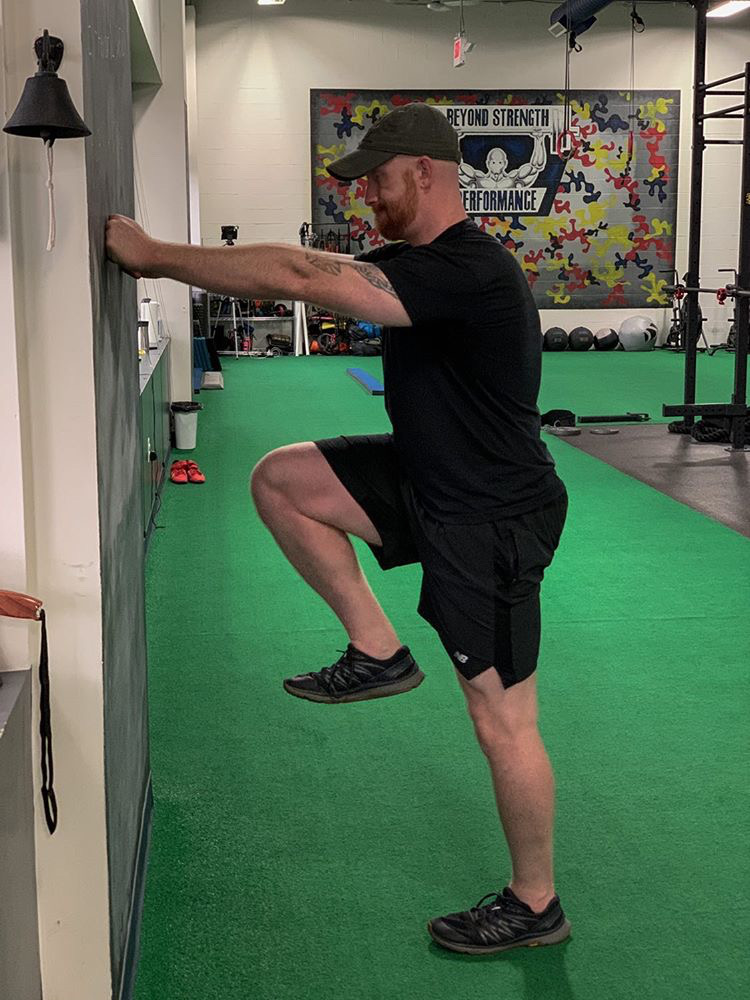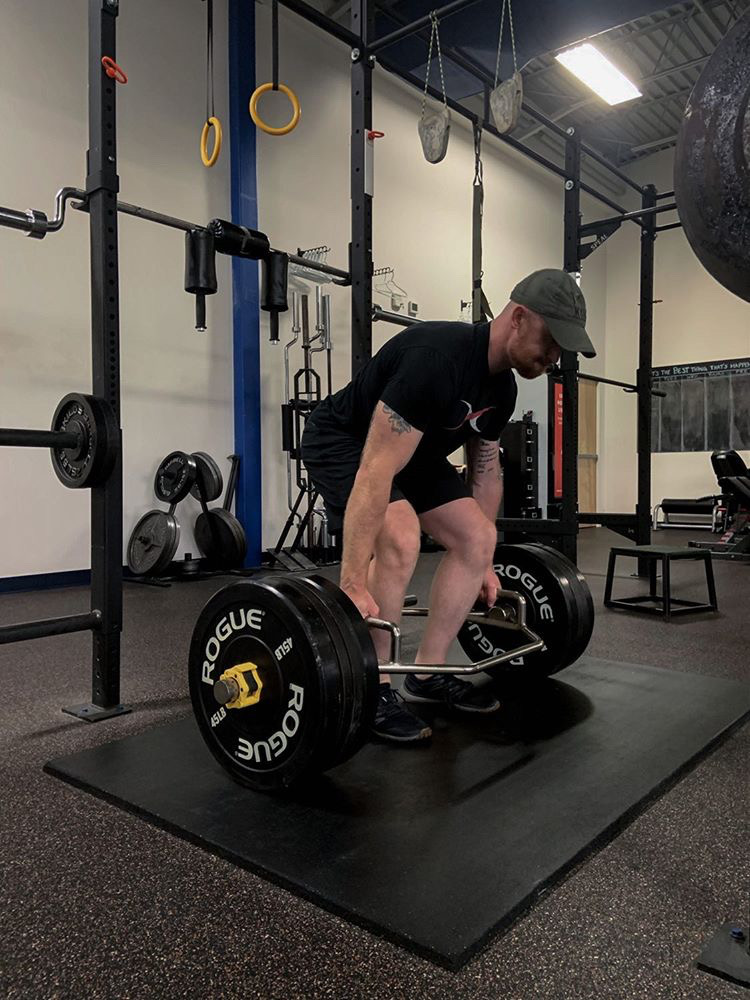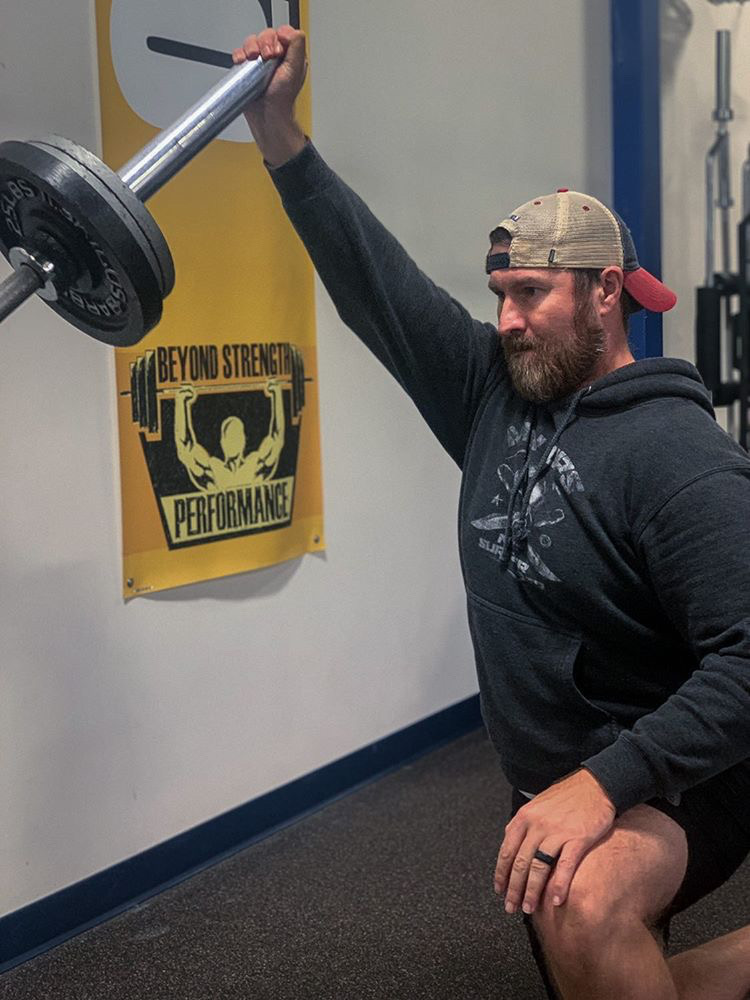As I type these words, it’s mid-October 2020. Many of us have been hunting for two months now, starting with sheep or caribou in August, moose or elk in September, and now cruising for goats or working to fill whatever tags that are left burning a hole in your pocket.
Dedicated hunters — targeting multiple species and multiple seasons throughout the fall who want to continue to train — will have the best results by thinking about the cumulative hunts as one extended season. It’s the same thought process that team sports athletes adopt during their competitive seasons. Adopting this thought process gives you the best opportunity to perform and stay healthy as you pound ridges and pack-outs.
Let’s talk about some simple things you can do to manage your in-season hunting strength and conditioning.

Ask and Answer These Questions First
What am I doing a lot of right now? What am I not doing?
The answers to these questions drive the training decisions of what to include in your training and what to leave out.
We’re typically doing a lot of two things during the hunting season –rucking and sitting still. Whether you’re packing to your glassing knob and sitting there for hours, or taking a long walk to a treestand off of the beaten path, you’re walking and then sitting for extended periods of time.
We’re typically not doing a ton of concentrated strength work or moving our joints through full ranges of motion. We’re walking and then sitting—not exactly great activities for maintaining strength or joint movement.
Now that we’re armed with the answers to these questions, we can make sound decisions about what to do when we are in the gym.
Focus on Recovery
Priority numero uno between hunts is recovery. When you get home, you’re likely sleep-deprived, underfed, and dealing with all of the other stressors that time in the wild imposes on the body. That means you need to eat, sleep, and when your body and brain start to feel good again, do some light exercise to help promote blood flow and recovery. Thirty minutes of cardiac output and some light mobility training should do the trick.
Then Focus on Strength
Many folks freak out about keeping up with their conditioning during hunting season because they’ve been misinformed. The line of thinking is that they’ll get out of shape. Nope.
If you’re hunting hard, which, if you’re reading the Journal of Mountain Hunting I’m sure that you are, more conditioning is the last thing that you need. By conditioning hard during your breaks from the mountain, all you’re likely to do is overtrain, causing you to regress in your fitness rather than maintain it. Consider also that aerobic adaptations take at least a month to secure but last equally long without direct stimulus. Sorry for the nerd speak, but this is important to understand. If you’ve spent the entire offseason developing your aerobic system with cardiovascular training and rucking, it’s not going to disappear after a couple of weeks of not directly training. Besides, your hunting has become the “training.” Like the team sport athletes hitting the field in-season, you’re playing your sport. That’s the conditioning you need to maintain your fitness. You don’t need more.
Strength, however, is magic for maintaining bodily resilience and performance in-season—and a little goes a long way.
See, strength is a neurological adaptation… and neurological adaptations don’t last as long as aerobic adaptations. Meaning you have to do it more often to maintain it. That doesn’t mean that you need to be in the gym pushing your maxes all the time—that’s a silly idea even during the offseason. But it does mean that prioritizing strength workouts once or twice per week when you come down off of the mountain will go a long way toward keeping you strong and healthy.
Your strength workout could be as simple as a few sets of deadlifts and a few bench press sets in the three to six rep range while leaving a few reps in the tank at the end of each set.
Always Focus on Mobility
Your body’s main goal is to conserve energy and keep you alive. The “use it or lose it” motto that you’ve heard for your entire life is actually true when it comes to many things. If you don’t consistently tell your brain that you need a certain thing, for example, joint range of motion, it will get rid of it in the name of conserving energy. It’s one of the reasons that desk workers get so stiff and unhealthy.
Considering that we’ll mostly be walking and sitting while we hunt, with the occasional slip into an awkward position, joint mobility training is an uber-important aspect of maintaining musculoskeletal health.
One of the easiest, and most time-efficient, joint mobility drills is the Controlled Articular Rotation (CARs). You can sincerely do them for every joint in your body in less than five minutes. (Search them on YouTube, and you’ll get a lot of examples. You can also check them out in one of my previous Journal articles here.)
It’s optimal to do them first thing in the morning, but working them in throughout the day is also effective. They’re also a great addition to a pre-lifting warm-up.
No matter what, do something to maintain, or increase joint range of motion every day. Range of motion is a neurological input, so it needs a lot of attention. Seriously, do something every day.
If You’re Going to Condition, Do This
Conditioning between hunts truly depends on the amount of time between hunts. If you have big trips planned in August, September, October, and November, conditioning between hunts should be minimal. You need to maintain strength and resiliency while recovering. The conditioning will be there.
That being said, hitting HICT and cardiac output sessions can help you recover and find a place between your hunts.
If, however, your hunts are spaced out six weeks or more, introducing some of the conditioning that you did leading up to hunting season is a good idea. That being said, don’t be a hero. You won’t need nearly the same amount of volume. In fact, you can likely cut the volume by one-third to one-half and get everything you need.
The Big Caveat
If your hunting season has one big, backcountry hunt followed by a bunch of easy tree stand sits, then you should keep conditioning. I’m not saying that you need to be a mad man or woman about it, but you should keep some conditioning in your weekly plan for longevity and performance. As mentioned above, it doesn’t have to be to the same degree as pre-season, but it needs to be in there.
Conclusion
In-season hunting strength and conditioning will boost your performance and promote musculoskeletal health if we’re smart about it. Answer the questions what am I doing a lot of? And what am I not doing? While following the guidelines laid out in this article, you’ll have a solid in-season strength and conditioning plan.





